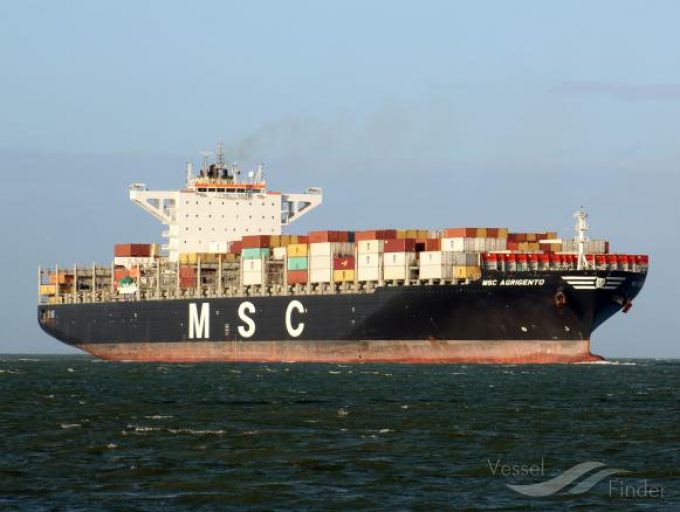JOC: MSC's Medlog set to take over US intermodal provider COFC Logistics
JOC reports: “A subsidiary of Mediterranean Shipping Co. (MSC) has agreed in principle to acquire a ...

MSC’s fleet ambitions could be enhanced, following reports that the world’s largest ocean carrier is in the market for more 8,000 teu utility vessels.
According to Alphaliner, MSC is said to be in talks with several Asian shipyards for construction of an “unknown number” of 8,000 teu LNG dual-fuel-powered ships.
The consultant estimates the post-panamax vessels could cost the carrier some $120m each, based on a delivery in mid-2025.
If negotiations are successfully concluded, an order for just three 8,000 teu vessels booked ...
'Disastrous' DSV-Schenker merger would 'disrupt European haulage market'
'Chaos after chaos' coming from de minimis changes and more tariffs
List of blanked transpac sailings grows as trade war heats up and demand cools
Shippers in Asia restart ocean shipment bookings – but not from China
Forto 'sharpens commercial priorities' as it lays off one-third of staff
India withdraws access for Bangladesh transhipments, in 'very harmful' decision
'Tariff hell' leaves industries in limbo – 'not a great environment to plan'
Asian exporters scramble for ships and boxes to beat 90-day tariff pause
Temporary tariff relief brings on early transpacific peak season
Pre-tariff rush of goods from US to China sees air rates soar, but not for long
De minimis-induced ecommerce demand slump could cripple freighter operators
Forwarders 'allowing the fox into the chicken run' by supporting 'hungry' carriers
Hapag 'took the bigger risk' when it signed up to Gemini, says Maersk
'Restoring America's maritime dominance' – stop laughing at the back of the class
Navigating tariffs: 'like trying to solve a Rubik's cube while colour-blind'

Comment on this article